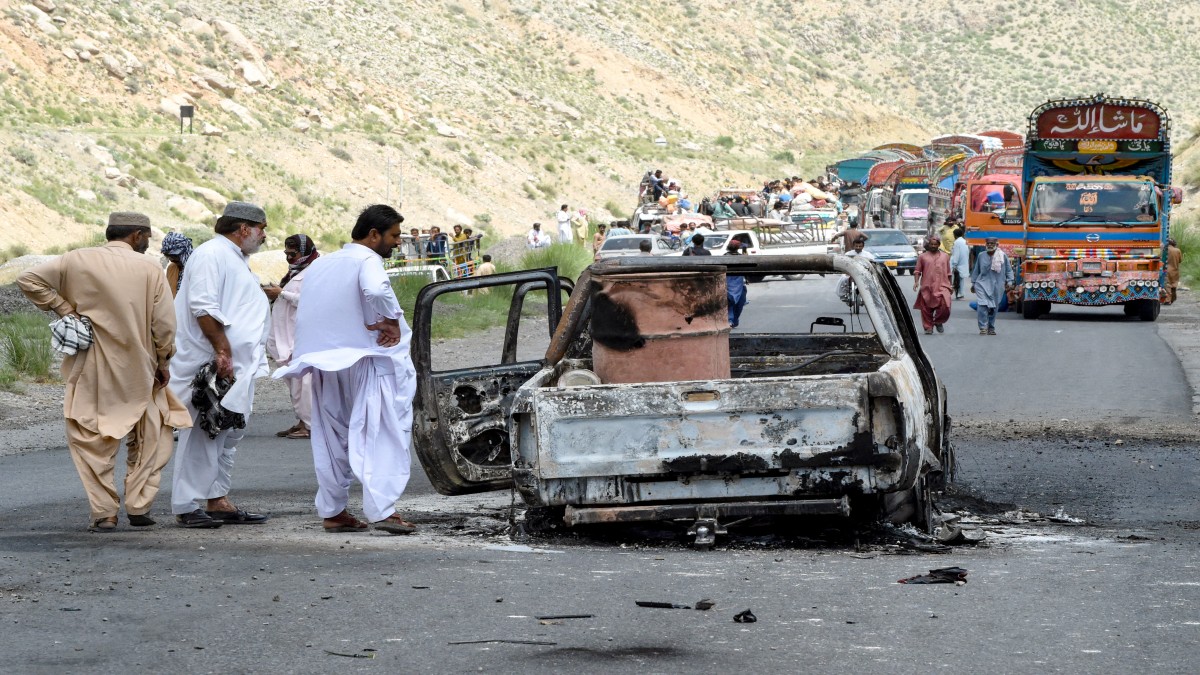) |
|
The article delves into the complex history and current state of Balochistan, Pakistan's largest province, highlighting its tumultuous past, ongoing insurgency, and the role of China in fueling tensions. It reveals how Balochistan, declared independent in 1947, was later forcefully annexed by Pakistan, leading to a deep sense of betrayal and simmering resentment among the Baloch people. The article traces the history of Balochistan's independence, its subsequent annexation by Pakistan, and the various uprisings and revolutions that followed, demonstrating the enduring struggle for autonomy and cultural preservation. It highlights the crucial role of Muhammad Ali Jinnah, who initially argued for Balochistan's independence before ultimately advocating for its merger with Pakistan, a decision that remains a point of contention to this day.
The article emphasizes the significance of Balochistan's vast natural resources, particularly its oil, gold, and copper reserves, which have attracted significant interest from China. This interest has manifested in the China-Pakistan Economic Corridor (CPEC), a massive infrastructure development project that includes the strategically important Gwadar port. While CPEC promises economic development and prosperity for Pakistan, it has also fueled resentment among the Baloch population, who perceive themselves as being marginalized and excluded from the economic benefits. The article points out that Balochistan, despite its resource wealth, remains the least developed region of Pakistan, further aggravating existing grievances and fueling the insurgency.
The article explores the various Baloch nationalist groups, such as the Balochistan Liberation Front (BLF) and the Balochistan Liberation Army (BLA), who have been engaged in a long-running insurgency against the Pakistani government. It explains the reasons behind these groups' actions, highlighting the sense of marginalization, economic exploitation, and perceived cultural suppression. The article also acknowledges the role of external actors, particularly China, in contributing to the tensions in the region. It examines the Chinese government's efforts to secure its economic interests in Balochistan and how these efforts have further exacerbated the conflict. The article concludes by emphasizing the urgent need for a peaceful resolution to the Balochistan issue, highlighting the human cost of the ongoing conflict and the importance of addressing the deep-seated grievances of the Baloch people.
The article emphasizes the complexities of the Balochistan issue, illustrating how a combination of historical grievances, resource exploitation, and the involvement of external actors has fueled the insurgency. It highlights the multifaceted nature of the conflict, involving both internal and external factors. The article also underscores the need for a nuanced understanding of the situation, acknowledging the legitimate concerns of the Baloch people while recognizing the challenges faced by the Pakistani government. It underscores the importance of finding a peaceful and lasting solution that addresses the underlying issues of inequality, marginalization, and political representation.
Source: How free Balochistan became Pakistan's biggest province that it now risks losing
